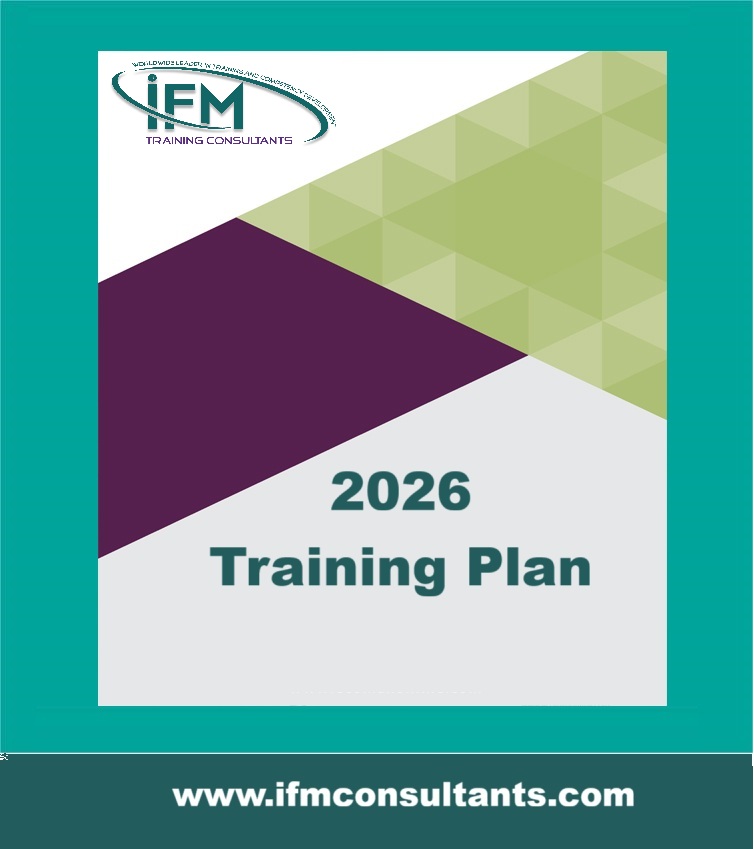Managing Risk, Reliability & Loss Prevention in Process Plants
| Start Date | End Date | Venue | Fees (US $) | ||
|---|---|---|---|---|---|
| Managing Risk, Reliability & Loss Prevention in Process Plants | 09 Nov 2025 | 13 Nov 2025 | Riyadh, KSA | $ 3,900 | Register |

Managing Risk, Reliability & Loss Prevention in Process Plants
| Start Date | End Date | Venue | Fees (US $) | |
|---|---|---|---|---|
| Managing Risk, Reliability & Loss Prevention in Process Plants | 09 Nov 2025 | 13 Nov 2025 | Riyadh, KSA | $ 3,900 |
Introduction
This course is designed to cover the latest techniques in risk management (the systematic approach to identifying hazards, assessing the risks from each, and targeting resources to prevent accidents), and reliability management in process plants. Process risk assessment and risk management are part of the security operation at the workplace. Risk assessment means identifying hazards at work, defining the hazard, and stipulating the risk associated with the hazard. Risk assessment is at its best preventative occupational safety. Risk management is an overall view to approach hazards and measures to reduce and eliminate injuries.
The Process Risk Assessment & Risk Management training course will identify key themes in risk assessment and explore how staff can manage risk in practice in order to create a safe and positive working environment. The training course will also focus on developing awareness of undertaking risk assessments and formulating risk management procedures.
Objectives
- Apply and gain in-depth knowledge of risk and reliability management as well as the loss prevention in the process plant.
- Employ proper methodology on hazard identification with various types of process plant incidents.
- Identify several risk and reliability criteria by calculating and displaying the risks of potential losses and carry out the assessment of the severity of the consequences of hazardous incidents related to fires, BLEVEs, toxic gas escapes, and other explosions.
- Discuss the process of assessing the frequency of likelihood of potentially hazardous incidents or losses thorough analysis of causes of incidents using fault trees and availability and modeling the production capability of a plant
- Determine the applications of hazard analysis and risk management through the scope of quantitative risk assessment related to computer modeling, uses in selling buffer zones, strengths and limitations use, and abuses.
- Implement several systematic approaches to risk reduction in connection to transferring the risk and reducing fire risks in process plants and improve knowledge in safety, reliability, and environmental specification through management associated with management of risk and reliability of existing plants and operations.
- Explain the components of the software or human factor including safety culture, safety climate, and human factor by being aware of the various effects of software standards on quantitative risk assessment.
- Demonstrate several roles of risk and reliability manager in accordance with performance authority and responsibility.
Upon the successful completion of this course, each participant will be able to:-
Training Methodology
This is an interactive course. There will be open question and answer sessions, regular group exercises and activities, videos, case studies, and presentations on best practice. Participants will have the opportunity to share with the facilitator and other participants on what works well and not so well for them, as well as work on issues from their own organizations. The online course is conducted online using MS-Teams/ClickMeeting.
Who Should Attend?
This course is intended for all safety and reliability management specialists, managers, engineers, and personnel responsible for the safety of the process plant. The Process Risk Assessment & Risk Management training course is aimed at all personnel involved in loss control and accident prevention. This program is based on a multi-disciplinary approach and is also beneficial to all personnel from senior management to supervisors.
Course Outline
Day 1: Introduction to Risk Assessment & Risk Management
- Introduction to HSE management systems
- Integrating risk assessment within risk management
- Semi-quantitative risk assessment/management techniques
- The task-based approach to risk assessment/management
- Exercise: Working in small groups
Day 2: Hazard & Operability Studies (HAZOP)
- Introduction to hazard identification and analysis techniques
- Techniques for hazard identification and analysis
- Application of HAZOP to relevant processes
- Planning and implementing within the risk management system
- Syndicate exercise
Day 3: Analysis of the Consequences
- Failure modes and effects analysis (FMEA)
- Failures of permit-to-work systems
- Analysis of the consequences – fire, explosion, and toxic releases
- Rollout Fault Tree Analysis to identify how accidents can happen
- Group exercise
Day 4: Human Factors and Reliability
- Hierarchical task analysis (HTA)
- Task-based HAZOP: application of critical activities onshore and offshore
- Working in small groups on tack-based HAZOPs
- Integrating the human factor within the HSE management system
- Personal action plans
Day 5: The Role of Quantified Risk Assessment (QRA)
- The role of Event Tree Analysis in scenario development
- The role of Fault Tree Analysis for multi-causation analysis
- Applications for ETA and FTA
- Case Study: Working in small groups on QRA
- Preparation of action plans, planning and implementing

















